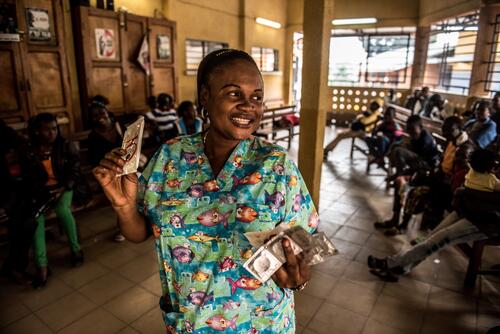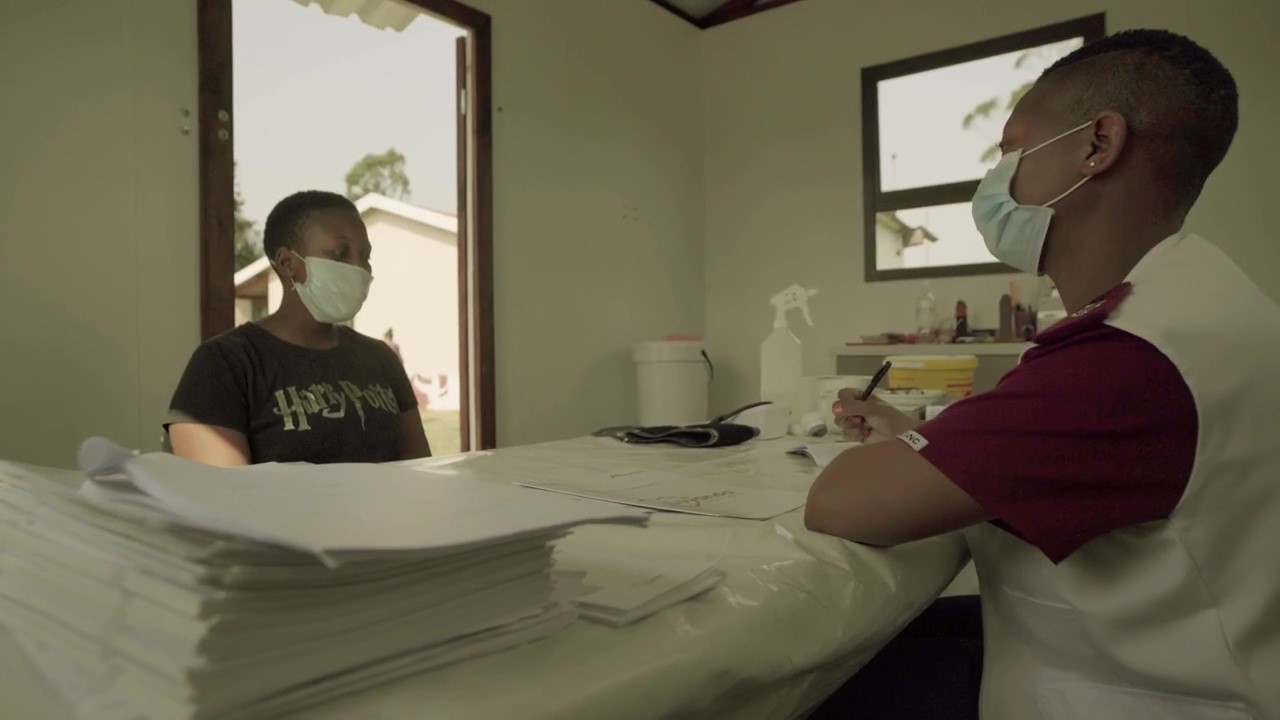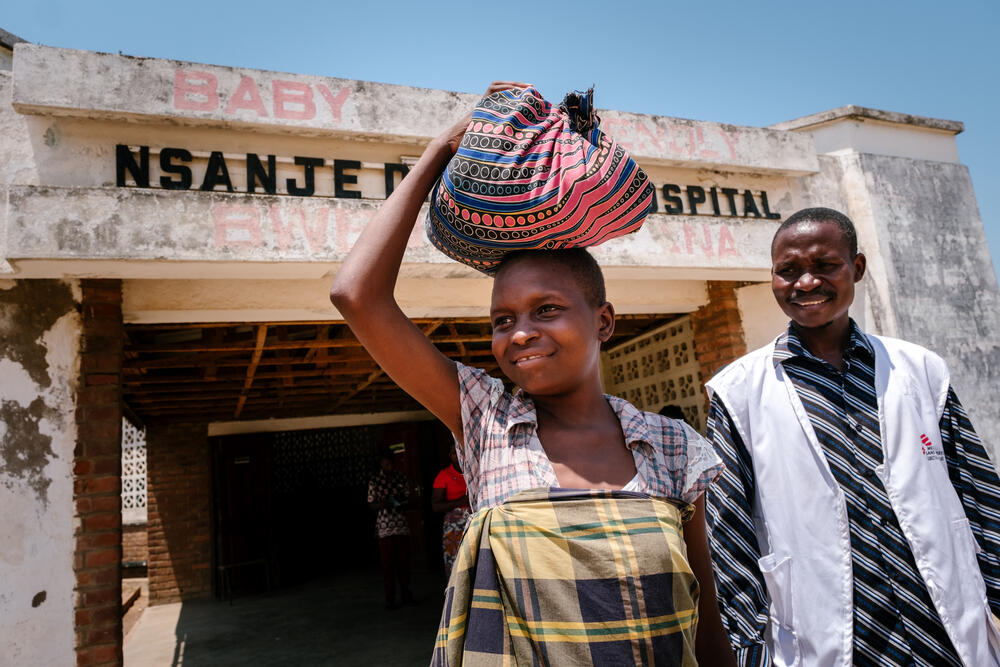HIV / AIDS
HIV (human immunodeficiency virus) damages the cells in your immune system and weakens a person’s ability to fight everyday infections and disease.
There's currently no cure for HIV, but there are very effective treatments that enable most people with the virus to live a long and healthy life.
With an early diagnosis and effective management, most people with HIV will not develop any AIDS (acquired immunodeficiency syndrome)-related illnesses and will live a near-normal lifespan.
Untreated HIV gradually weakens the body’s immune system over time. A person living with HIV is considered to have developed AIDS when their immune system is weakened to the extent that it can no longer fight off certain opportunistic infections and diseases, such as pneumonia, meningitis and some cancers.
The most common opportunistic infection among people living with HIV is tuberculosis (TB).
According to the World Health Organisation, there were an estimated 39 million people living with HIV at the end of 2022.
MSF and HIV/AIDS
MSF has been treating people with HIV for decades. In 2023, we provided 44,500 people with first-line HIV treatment.
HIV/AIDS: Key facts
39 million
PEOPLE LIVING WITH HIV WORLDWIDE
75%
OF PEOPLE WITH HIV RECEIVE ANTIRETROVIRAL THERAPY
44,500
PEOPLE ON FIRST-LINE HIV TREATMENT UNDER MSF CARE IN 2023
The exchange of a variety of body fluids from infected people, such as blood, semen and vaginal fluids are the most common ways HIV is spread.
The virus can also be transmitted from mother to child through childbirth, breastfeeding and sharing needles.
The following may put individuals at a greater risk of contracting HIV: having unprotected anal and vaginal sex, having another sexually transmitted infection (STI), sharing needles, and other injecting equipment and solutions when injecting drugs.
While some people may develop symptoms like flu (fever, headache, rash or sore throat) within the first two to six weeks of catching the virus, others may not experience any symptoms or show signs for many years.
Once the initial flu-like symptoms disappear, however, HIV may not show any further symptoms for many years.
The virus continuously attacks and destroys the CD4 cells of the immune system, using these cells to multiply and spread throughout the body. This eventually leads to a weakened immune system which is vulnerable to infections if not treated early on.
This highlights why it is important to test and treat patients early and even if they are not experiencing symptoms.
Despite the availability of affordable rapid tests for HIV, knowledge of HIV status remains a barrier to accessing care early especially in sub-Saharan Africa, where HIV prevalence is highest.
An estimated 16 percent of people living with HIV are unaware of their status and, in some settings, this figure is far lower.
There is no cure for HIV, although it is manageable with treatments that are easier to take and more effective than they used to be.
A combination of three or more drugs, known as antiretrovirals (ARVs), help suppress the virus to very low levels such that it cannot multiply. This allows people to recover and fight off opportunistic infections, enabling people to live longer, healthier lives without their immune system rapidly declining.
Studies have shown that people with HIV who are taking antiretroviral therapy (ART) and have no detectable virus in their blood cannot transmit HIV to their sexual partners, including breastfeeding mothers. Therefore, early ART and uninterrupted access to medication are crucial not only to improve the health of the person living with HIV but also to prevent transmission to others.
The message Undetectable=Untransmissible (U=U) is important to share and promote globally. Together with other tools available in the fight against HIV, the U=U message can have a huge impact on the number of those living with HIV and those progressing to advanced disease.
The risk of contracting HIV can be reduced by using a combination of the following approaches: use of male and female condoms, counselling and testing for HIV and other sexually transmitted infections, use of antiretroviral drugs for prevention – post-exposure prophylaxis (PEP) and pre-exposure prophylaxis (PrEP), harm reduction for people who inject drugs and elimination of mother to child transmission of HIV.
How is MSF treating HIV?
In some countries where we work, MSF has integrated HIV services into general programmes. In others, we are working with local services. We also offer more complicated approaches for advanced HIV care.
Some activities we carry out include HIV testing and treatment, screening and prevention of infections, and prevention of mother-to-child transmission (PMTCT).
Some of our work focuses more on specific groups of people with HIV, such as PMTCT, sex workers and people who are using drugs. Activities often overlap with services for tuberculosis and hepatitis.
Our programmes also generally provide support on prevention, education and awareness-raising activities to help people understand how to prevent the spread of the virus, as well as mental health support to individuals and their loved ones as they navigate the stigma and lifelong commitment to treatment that having HIV involves.
Spotlight: Guinea
HIV: News and stories



